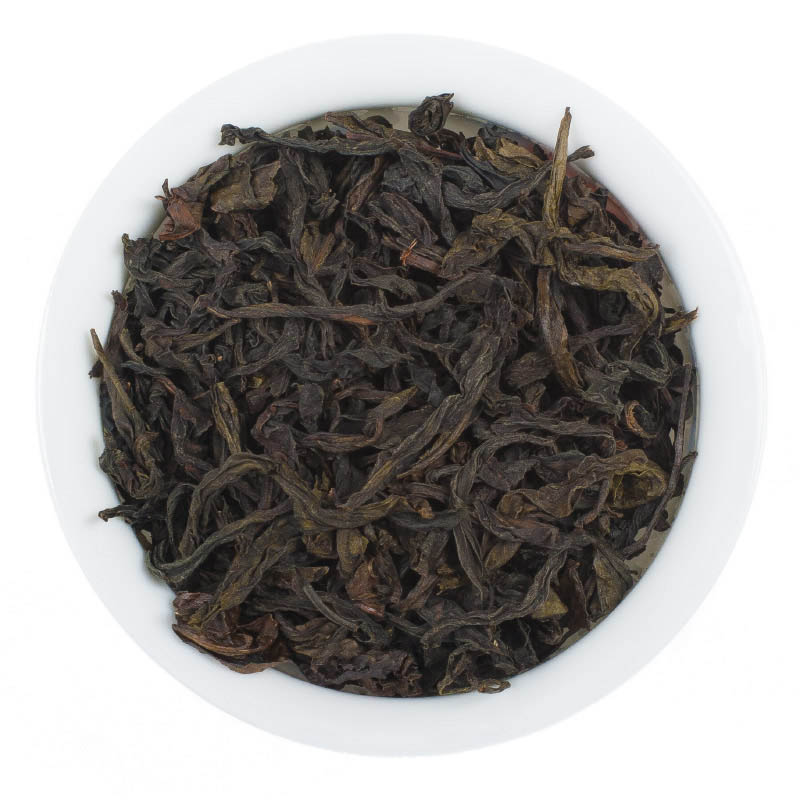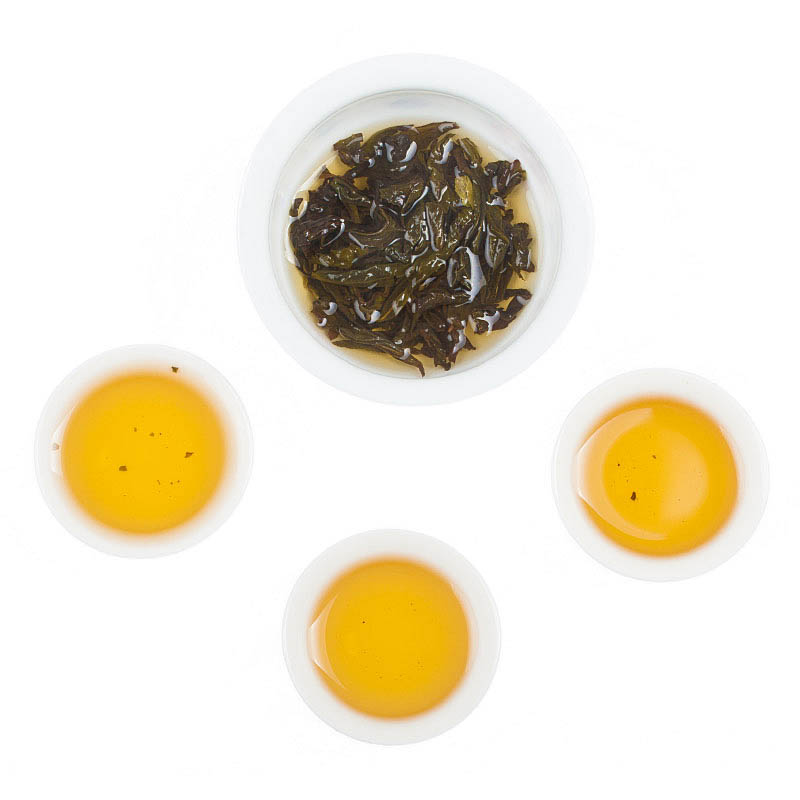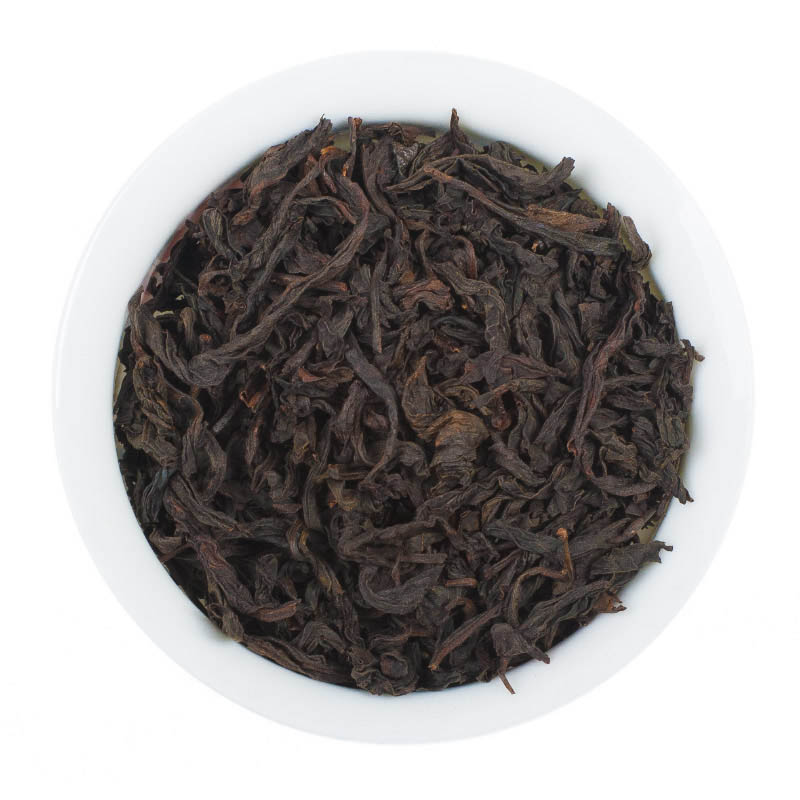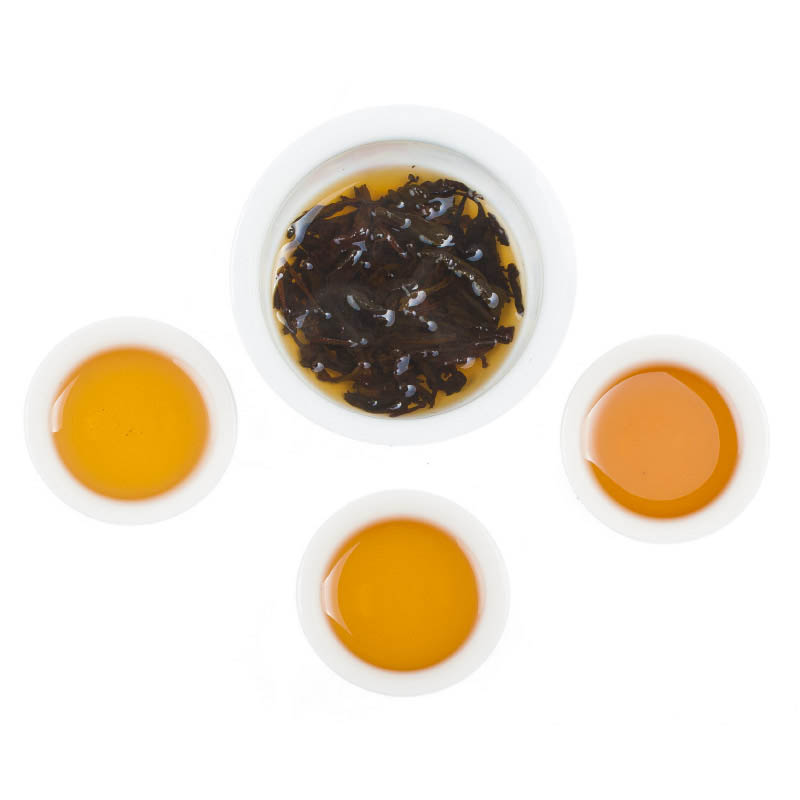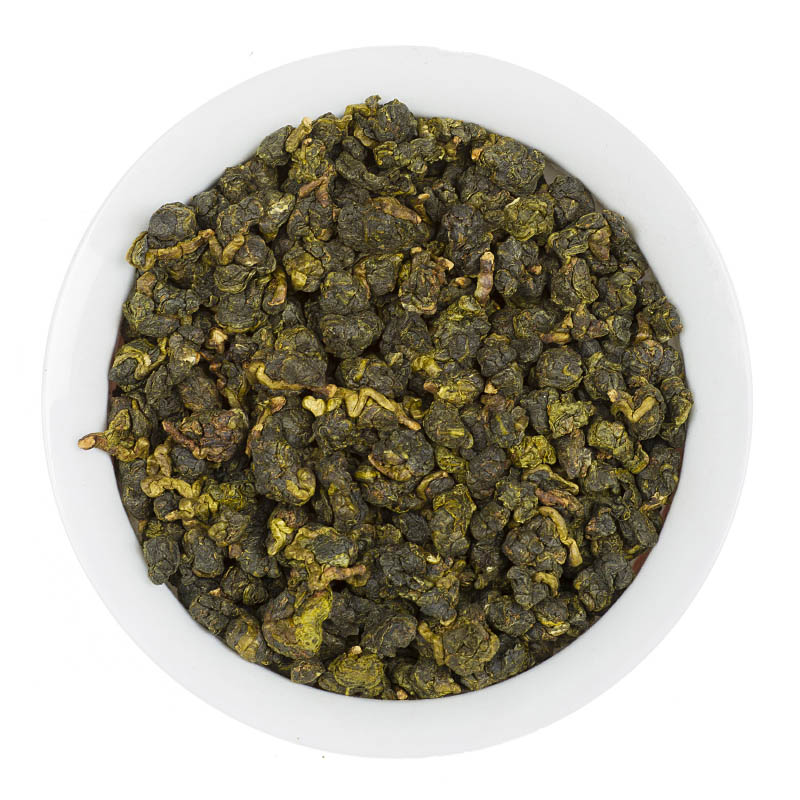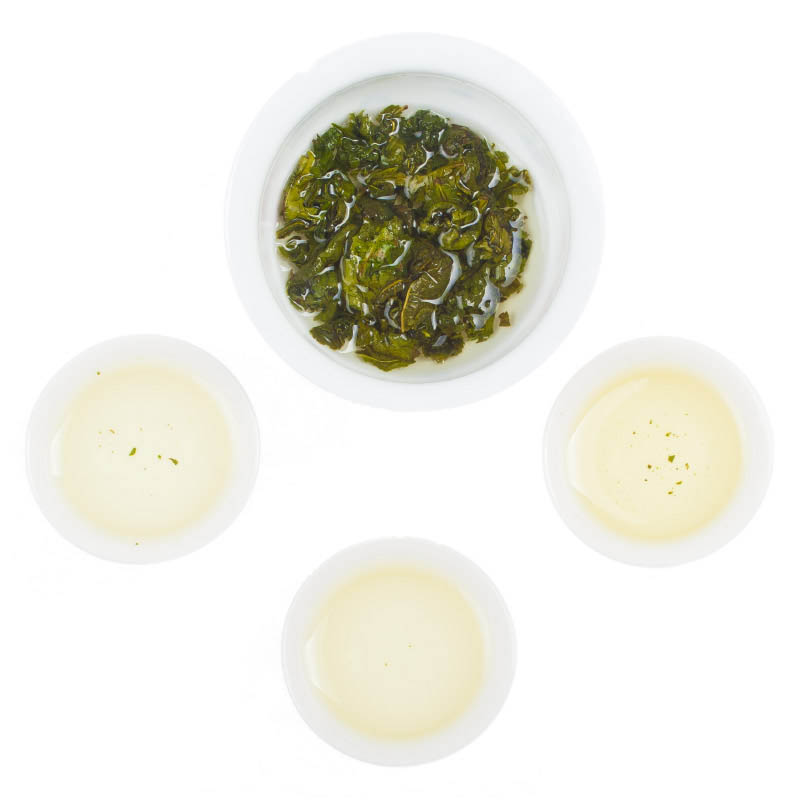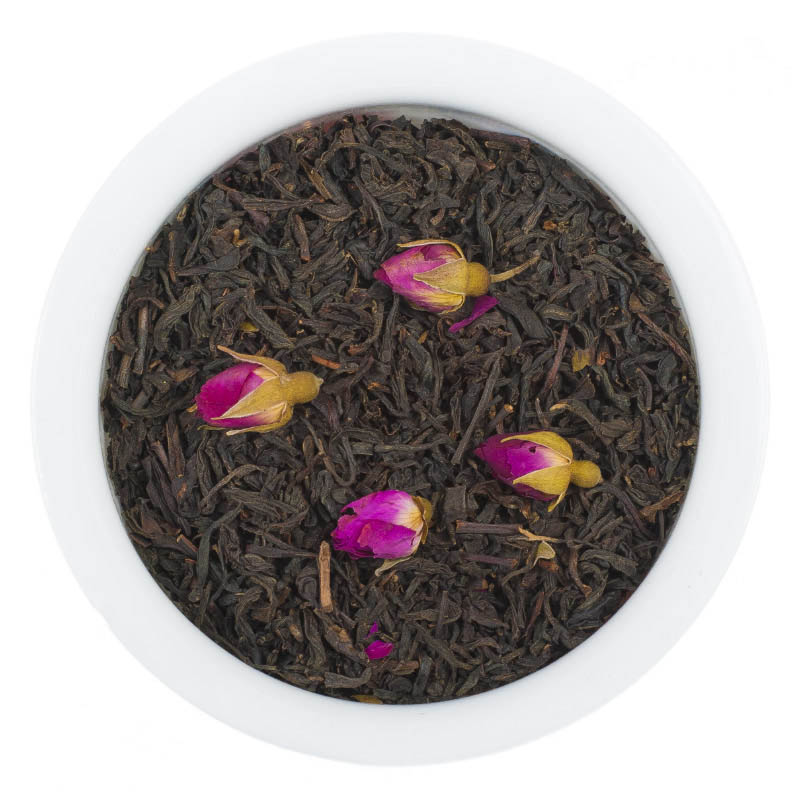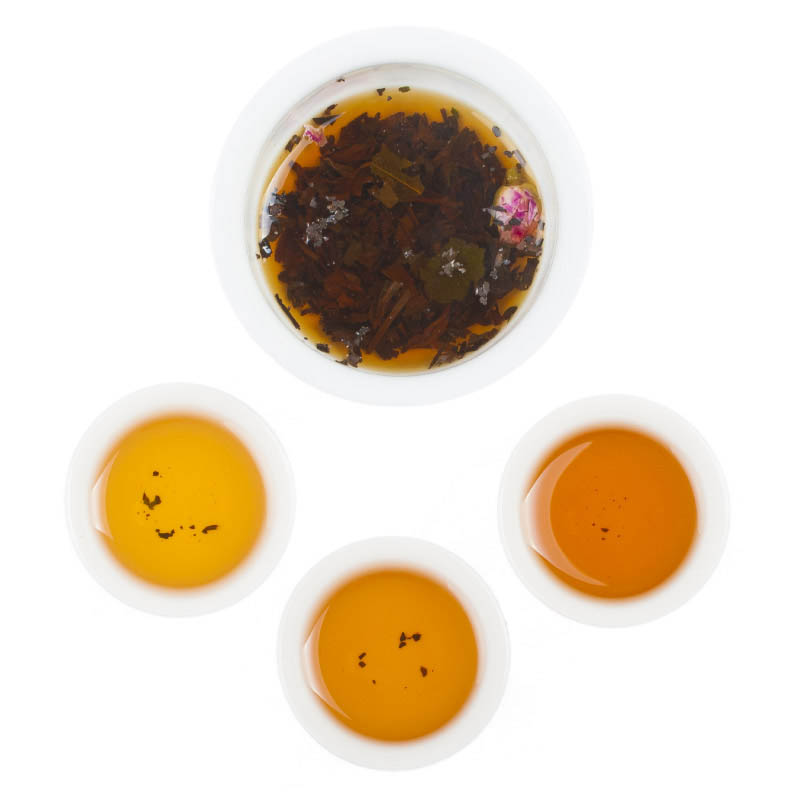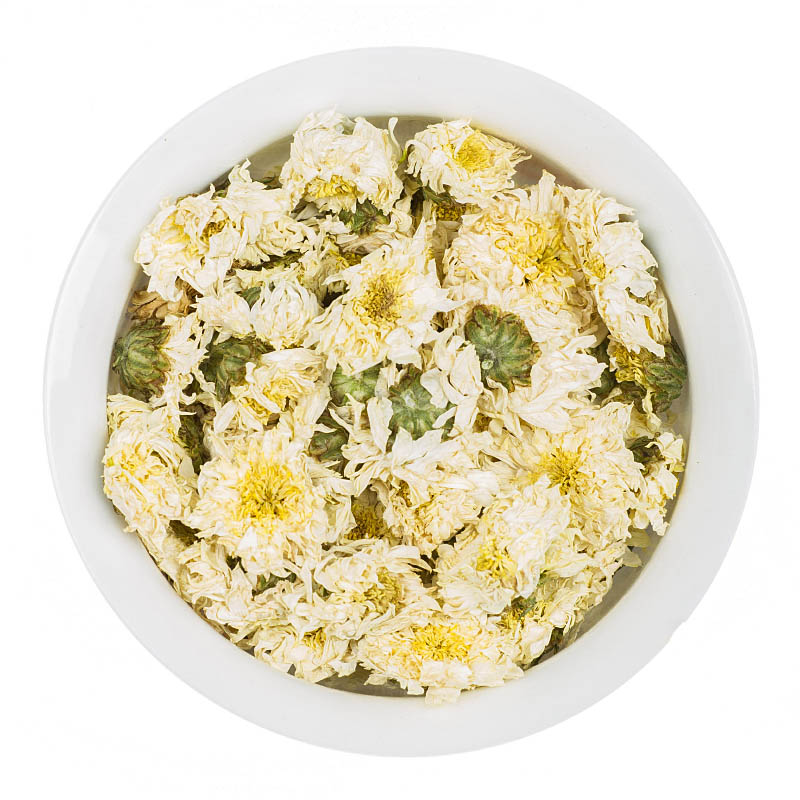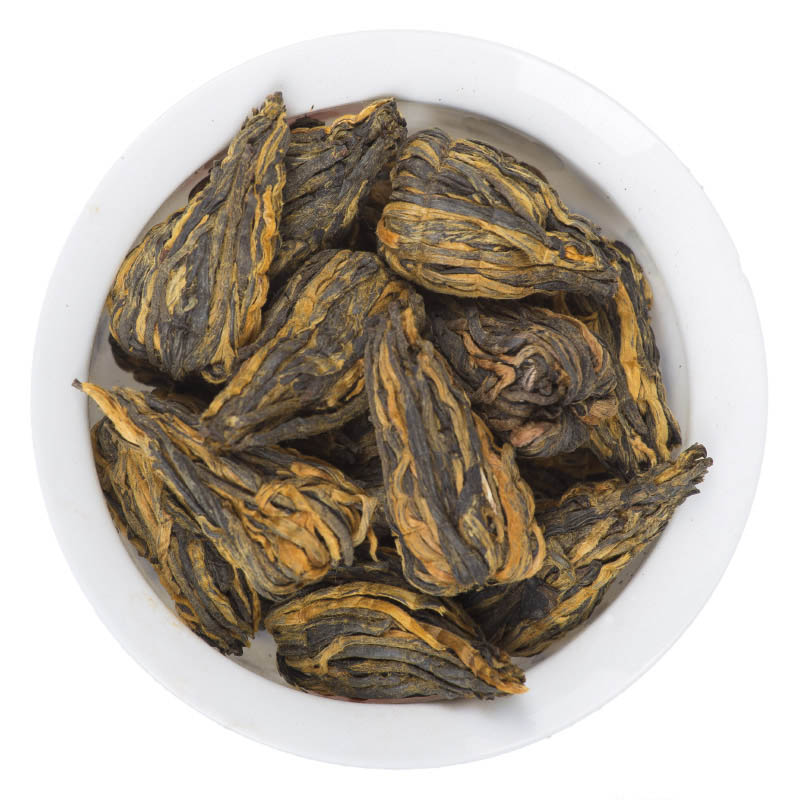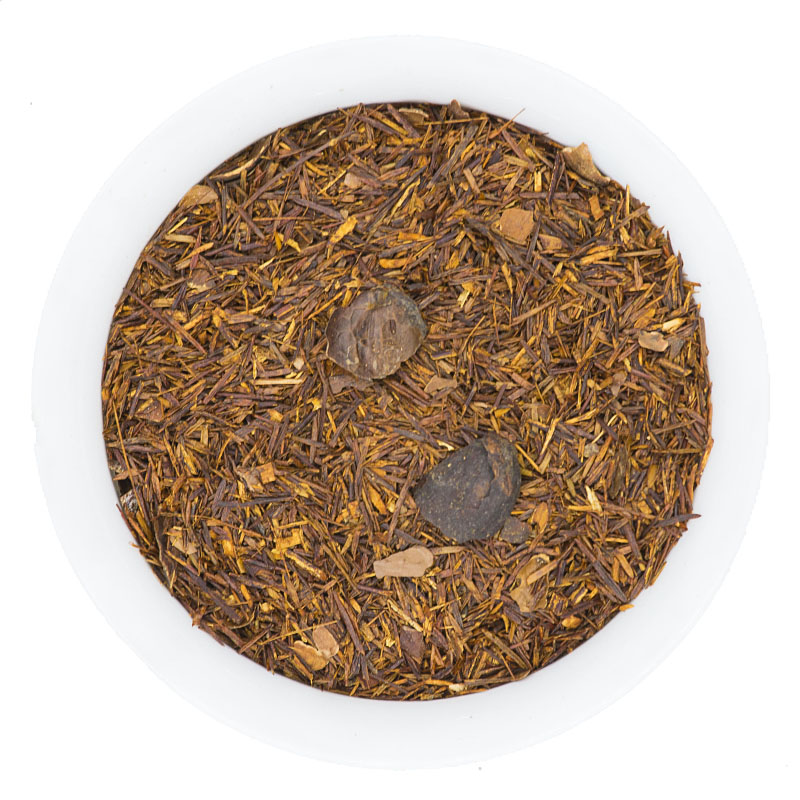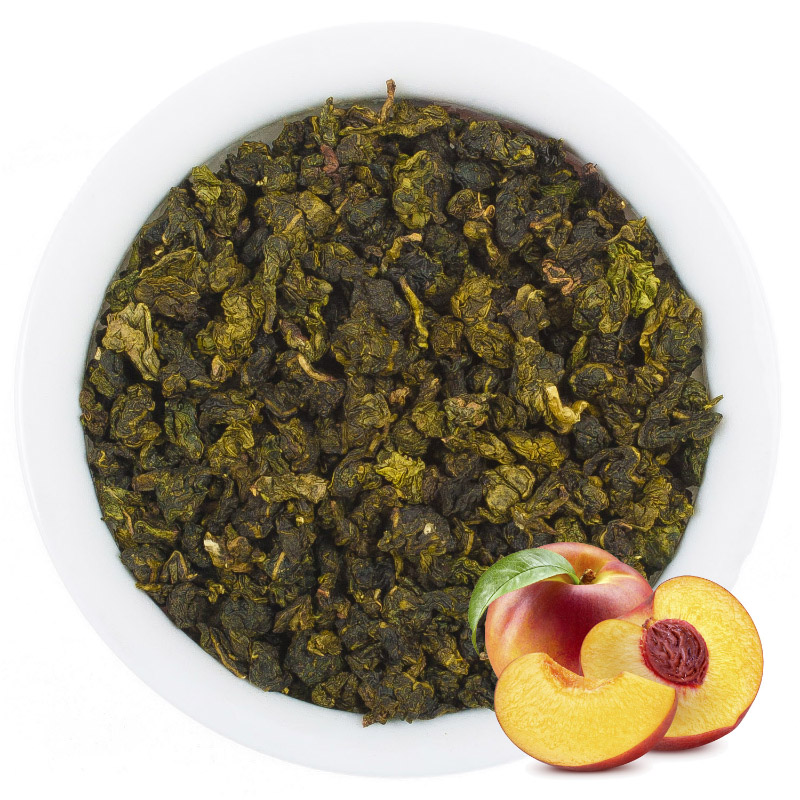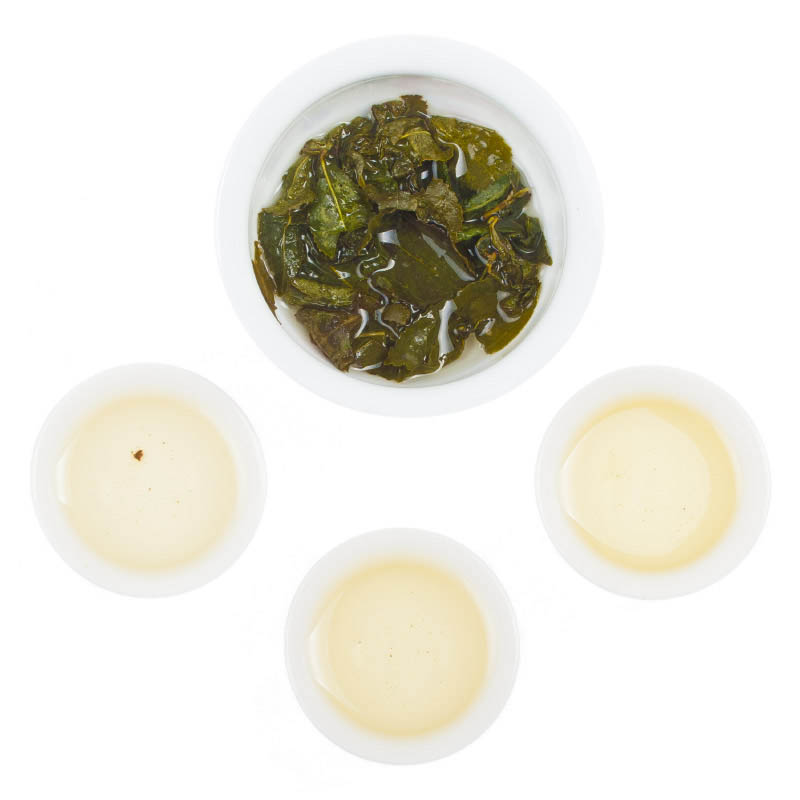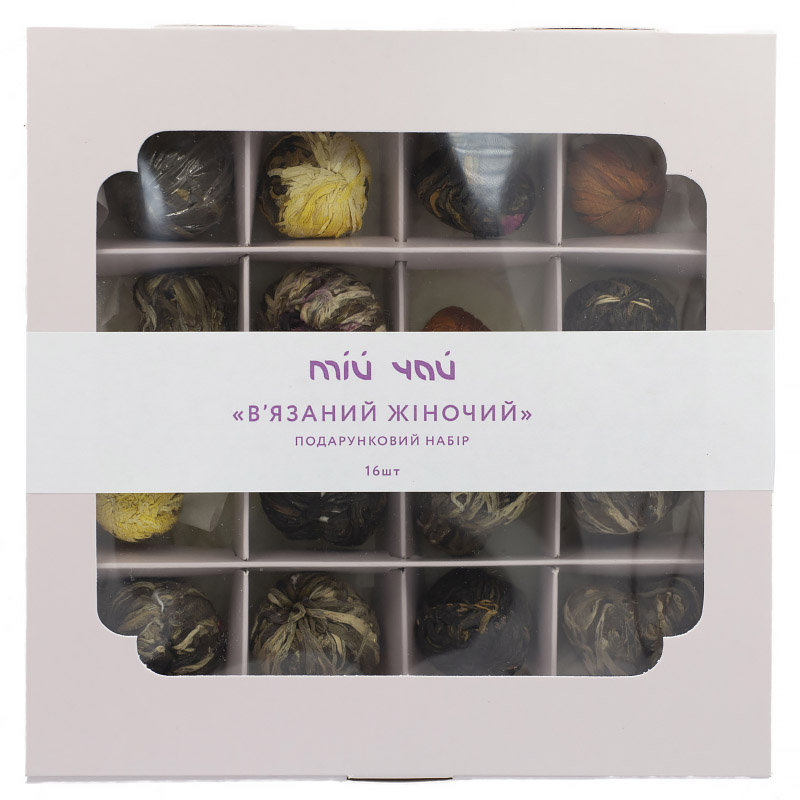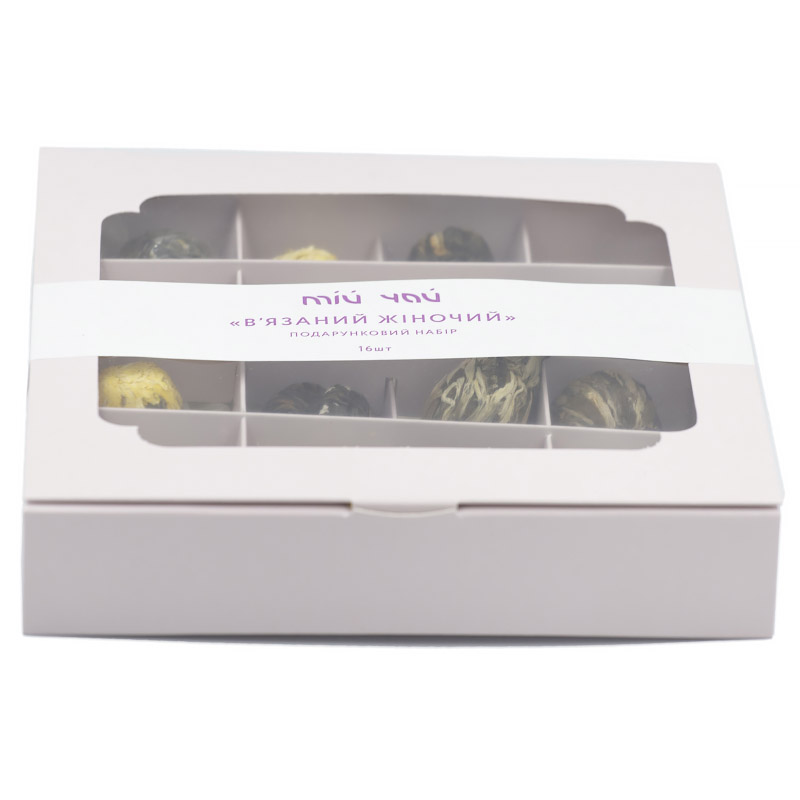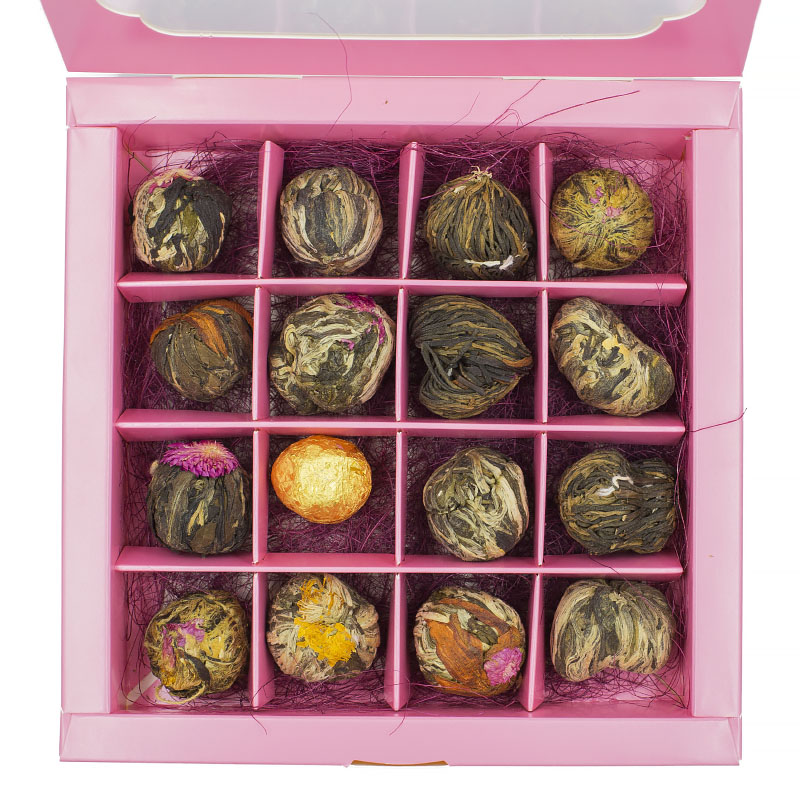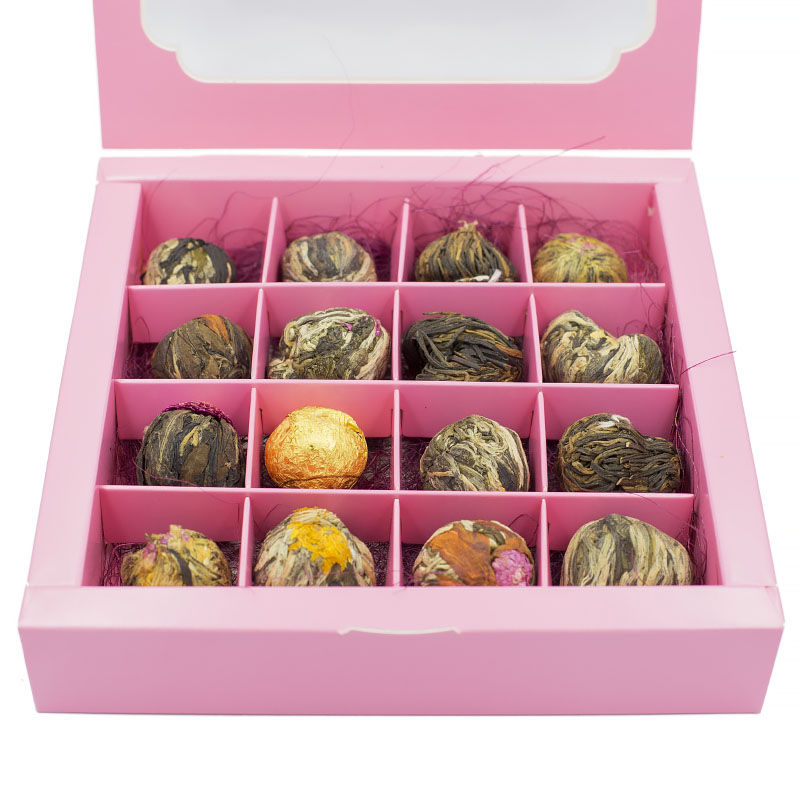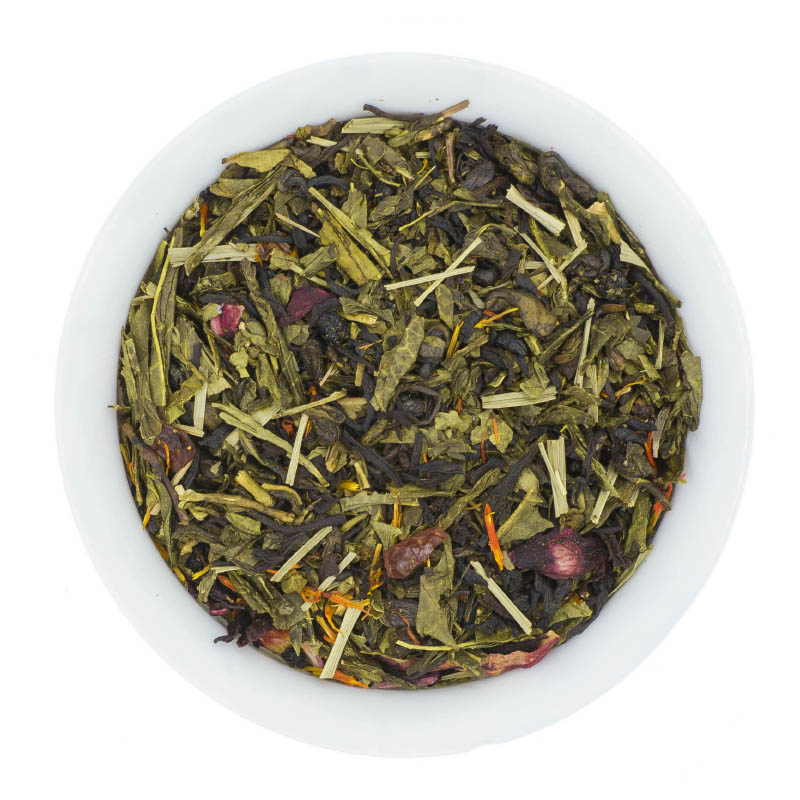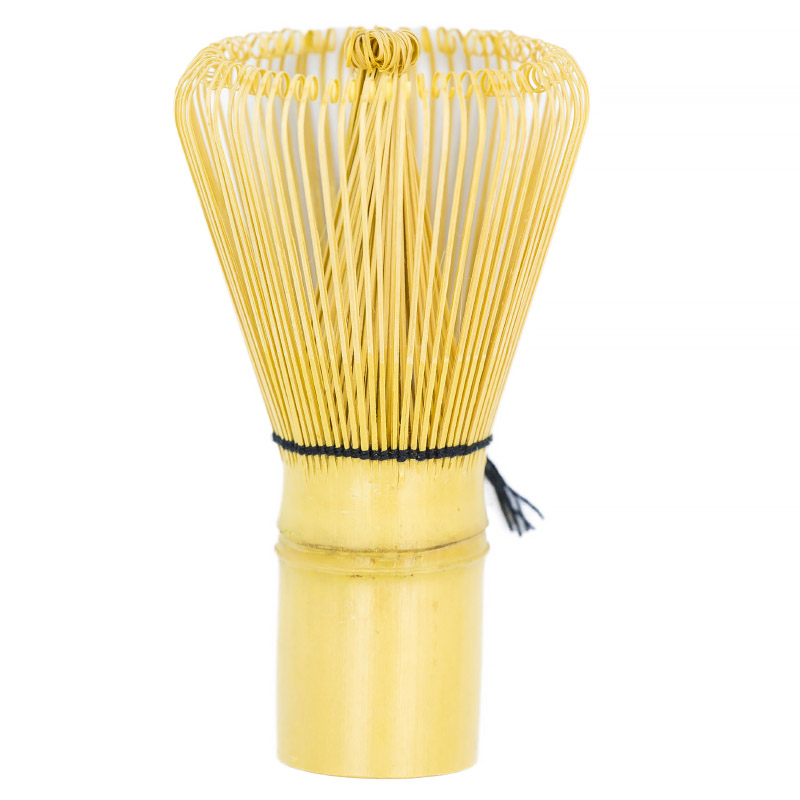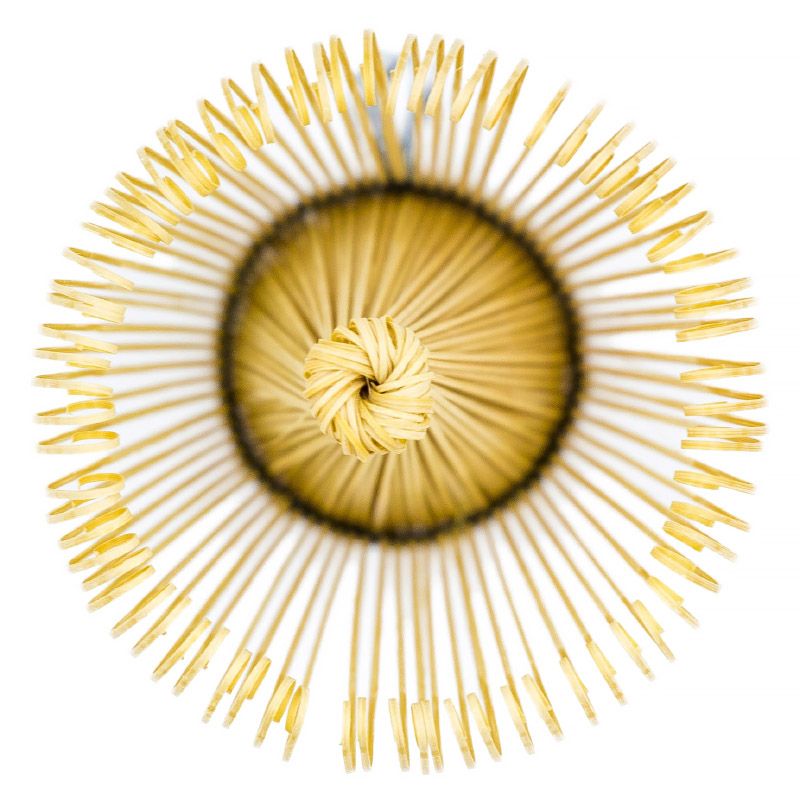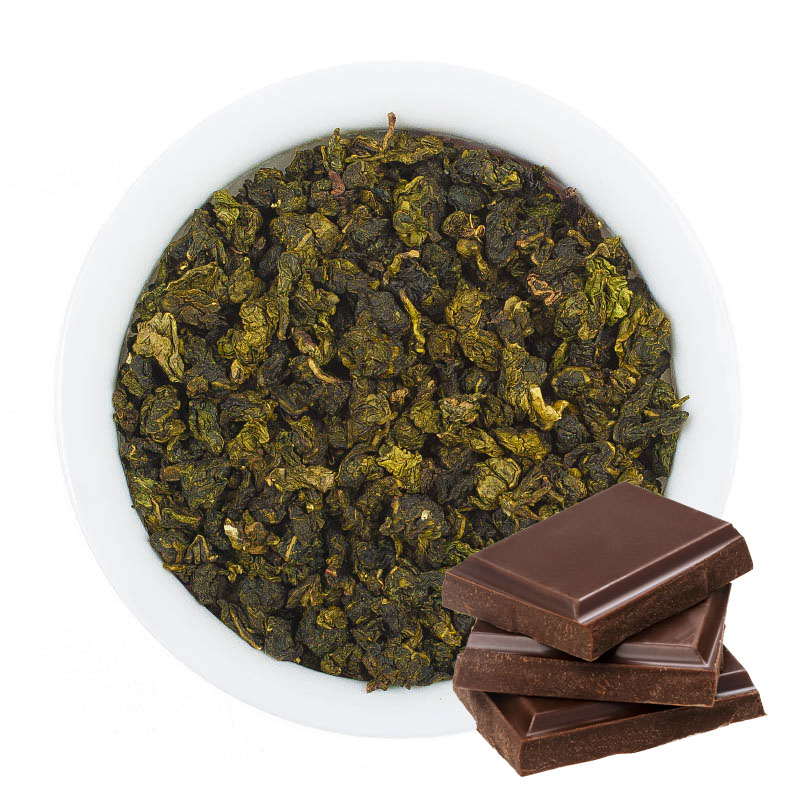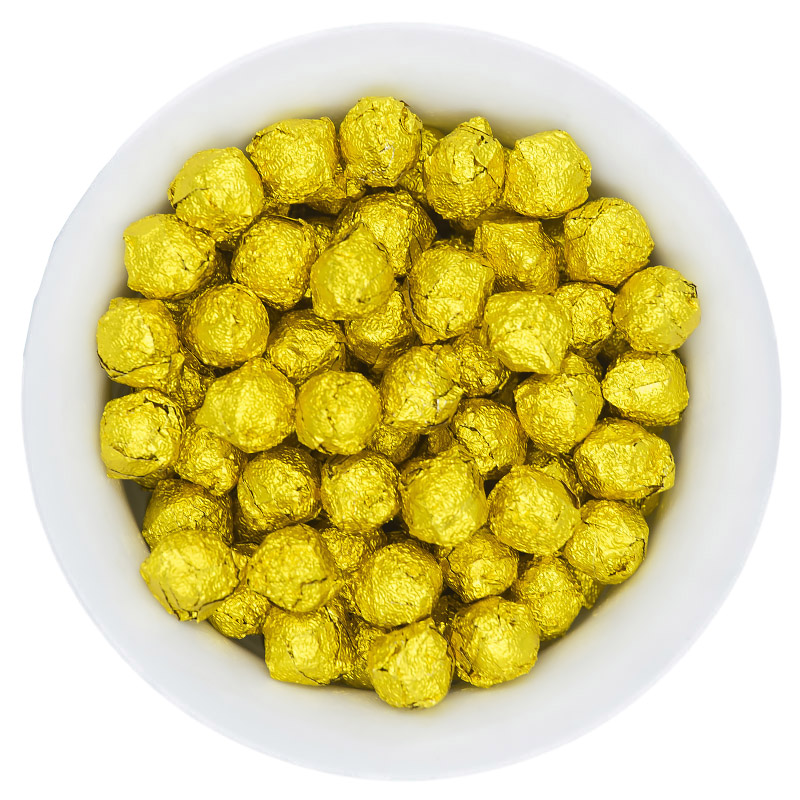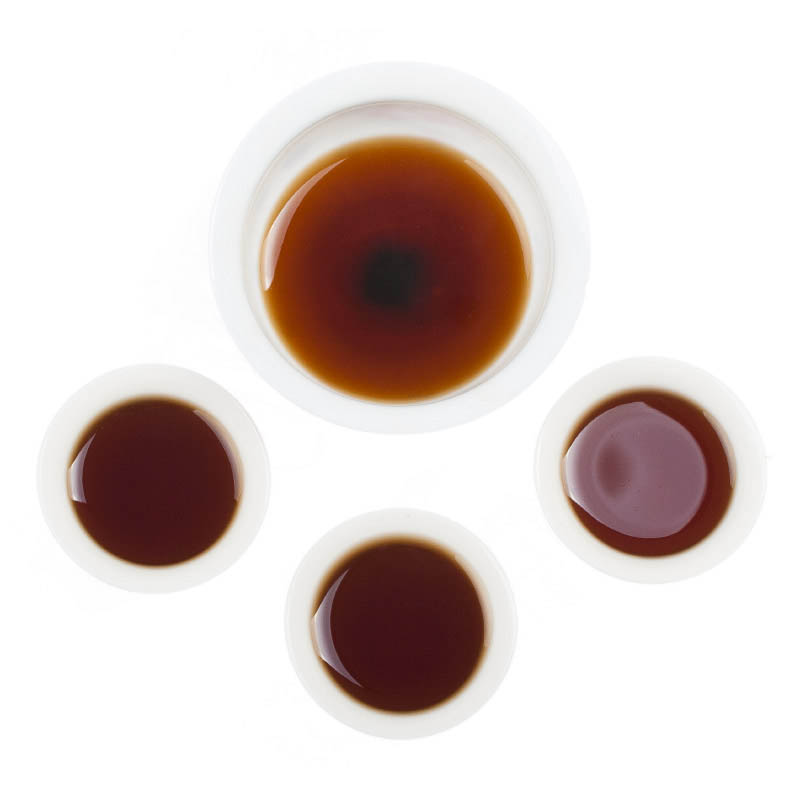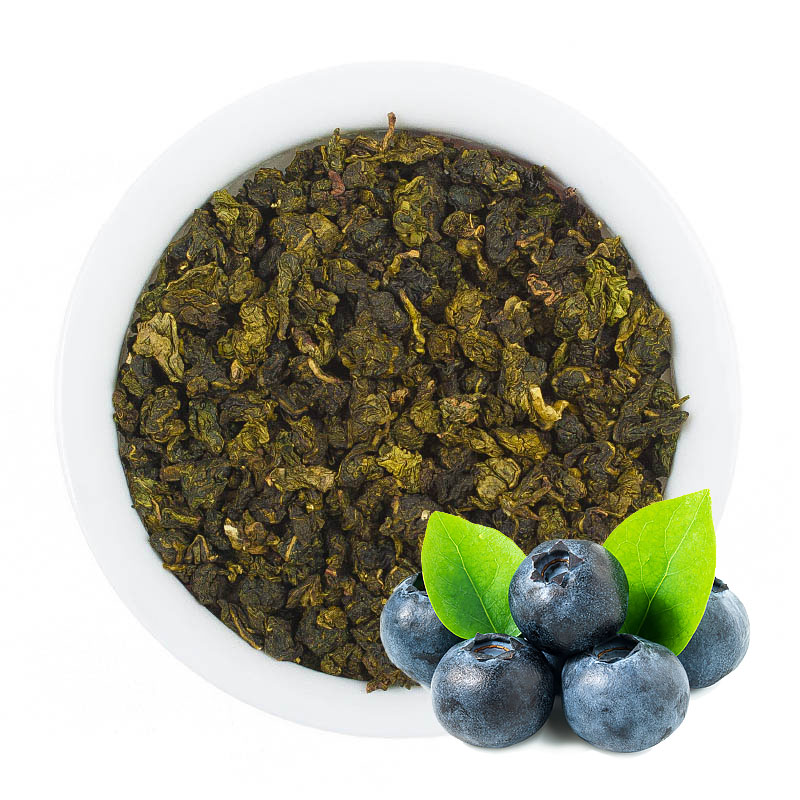Contents
- Legends about the Origin of Tea
- How Tea Came to Japan
- Tea Today
Today, tea is extremely popular and is consumed not only in Asia but also in Europe, the USA, and other countries. Most people drink common teas such as green, black, and sometimes red, but there are also connoisseurs who prefer rare varieties with a rich and unique taste. Many consider China to be the homeland of tea, but archaeologists uncovering historical layers have found plantations not only in China but also in India, Sri Lanka, Tibet, the Himalayas, and other places, so the theory of Chinese origin of the modern tea trend is often questioned.
However, it is indisputable that the Chinese were the first to cultivate tea bushes. In the 2nd century BC, a hieroglyph was invented depicting a person standing between two tea plants. Yet, at that time, tea was not consumed as an everyday beverage. It was used mainly as a kind of medicine for poisoning and dehydration.
Soon after, with the advent of the new era, tea production began for commercial sale, and in China, anyone could afford this drink. It was then that the first plantations producing tea leaves in large quantities appeared, which made it possible to export tea to other countries.
Legends about the Origin of Tea
According to legends, one or several people discovered the properties of tea leaves, which led to the emergence and consumption of tea. Since these stories are very ancient, no one knows which is true:
- One Chinese emperor named Yan Di was not only a ruler but also a healer who constantly replenished his stock of medicinal herbs. Once on a journey, he grew very tired and lay down to rest under a tea bush. Looking at the leaves, he crushed and chewed them, after which he felt rejuvenated and energetically continued his way. After that, he regularly drank tea to maintain vigor and health.
- Another legend is connected with the ancient emperor Shen Nong, whose boiling pot accidentally had tea leaves blown into it, resulting in a delicious drink. The emperor himself drank it and offered it to his subjects. Thus, the tea ceremony originated as a way to welcome honored guests.
- According to another tale, tea was discovered by shepherds grazing their flock among tea bushes. They noticed that animals eagerly ate the leaves and remained energetic throughout the day. Trying the plant themselves, the shepherds found their mood and vitality improved. They invented brewing the leaves in boiling water to make a fresh drink that supports health and strength.
- There is also a legend about a deeply devout monk who constantly prayed to please God. But his strength was limited, and he often fell asleep, which made him upset and repent. Blaming his eyelids for causing sleep, he decided to cut them off. Where they fell to the ground, tea bushes grew, and from their leaves, the monk prepared a drink that gave strength and prevented drowsiness.
Of course, none of these stories are likely to be literally true, since all this happened long ago. But the important fact is that someone first brewed tea, which then spread widely throughout the world.
How Tea Came to Japan
Tea was brought to Japan by a Buddhist monk who had visited China, secretly bringing seeds and shoots with him. The tea he cultivated became an important tonic drink among monks and later gained wider popularity among the secular population: first in the imperial court, then among common people. Japan also has its own tea ceremony, aimed at relaxation and creating a cozy atmosphere, whereas the Chinese ceremony mainly focuses on enjoying the taste of the drink.
Tea Today
Today, tea is drunk all over the civilized world. The ten leading tea-producing countries are:
- Argentina, producing the yerba mate tea made from holly leaves.
- Iran, supplying about 84 tons annually worldwide.
- Japan, producing 89 tons annually, most of which (regrettably) remains within the country; only 2% is exported.
- Vietnam, supplying 60% low-grade black tea, 35% green tea, and 5% delicate specialty teas.
- Indonesia, producing 158 tons annually, of which 150 tons are exported, mainly black tea with a small percentage of green tea.
- Turkey, exporting 177 tons of black tea yearly, which tastes notably different from Ceylon and Chinese teas.
- Sri Lanka, growing black, green, and white teas, exporting nearly 300 tons annually.
- Kenya, offering teas grown on small plantations with ongoing experimentation, resulting in unique flavors and properties; supplies over 300 tons annually.
- India, producing up to 900 tons of tea, exporting only 30%.
- China, the largest tea producer, with about 2 million tons annually, offering green teas, oolongs, pu-erh, yellow, and jasmine teas.
Tea plantations also exist in Europe—for example, the Krasnodar region in Russia and Georgia are suppliers of tea leaves. These varieties are little known abroad but are well appreciated locally.

